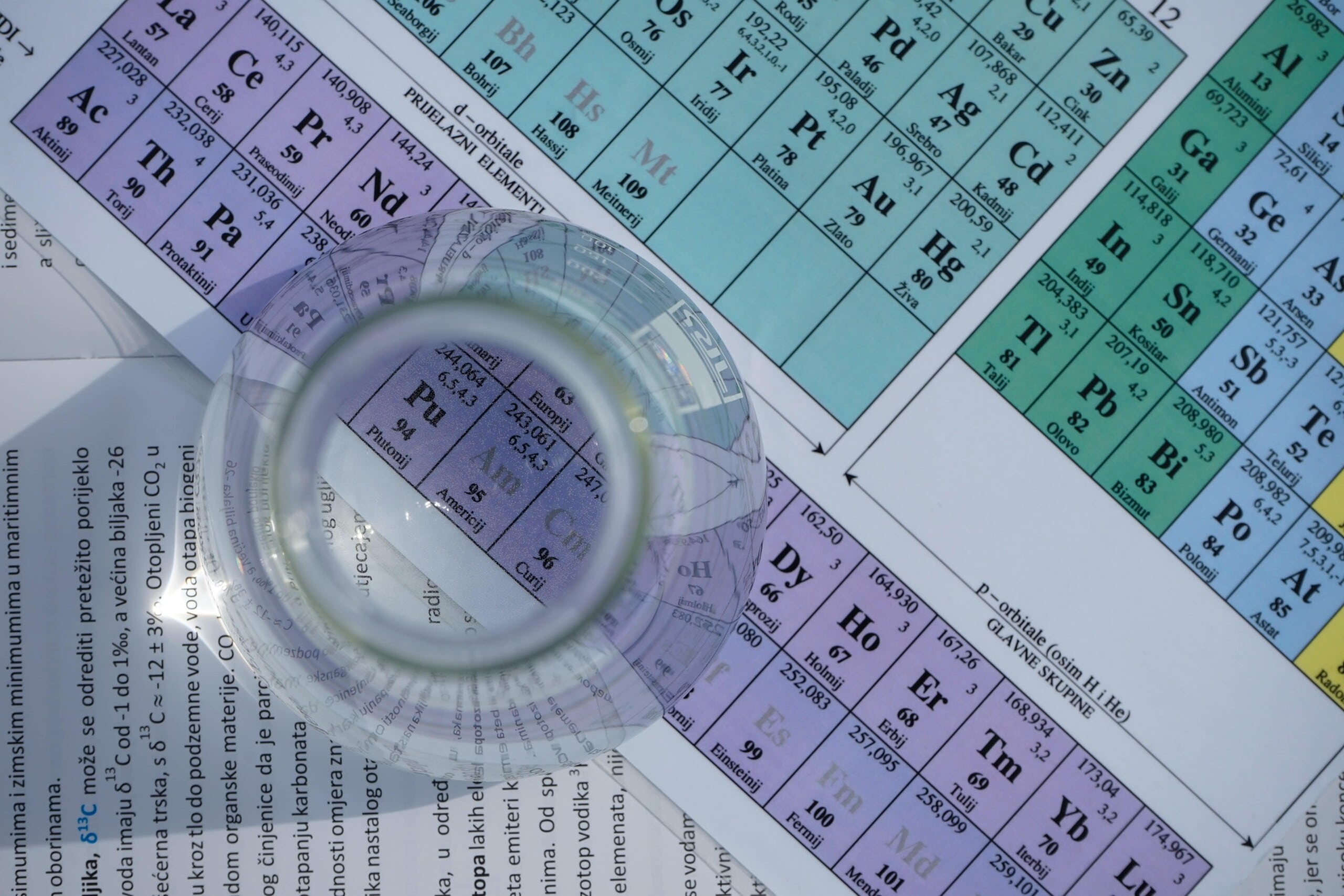
Quantum Joins Industry to Advocate for a Safer Alternative
This change is being strongly challenged by the following trade groups (and others):
- American Chemistry Council (ACC)
- American Cleaning Institute (ACI)
- American Coatings Association (ACA)
- American Forest & Paper Association (AF&PA)
- American Petroleum Institute (API)
- American Pyrotechnics Association (APA)
- American Wood Council (AWC)
- Household and Commercial Products Association (HCPA)
- Industrial Minerals Association – North America IMA-NA
- National Association of Chemical Distributors (NACD)
- National Association of Manufacturers
- National Association of Printing Ink Manufacturers (NAPIM)
- National Electrical Contractors Association
- Plastics Industry Association (PLASTICS)
- PRBA – The Rechargeable Battery Association
- The Vinyl Institute (VI)
- U.S. Tire Manufacturers Association (USTMA)
The New Wording Does Not Advance Compliance Safety
Proposed wording from § 1910.1200 Hazard communication d (1)
For each chemical, the chemical manufacturer or importer shall determine the hazard classes, and where appropriate, the category of each class that apply to the chemical being classified under normal conditions of use and foreseeable emergencies. The hazard classification shall include any hazards associated with a change in the chemical’s physical form or resulting from a reaction with other chemicals under normal conditions of use.
This would require chemical manufacturers to identify and analyze the hazards posed by every downstream reaction of that chemical (and potentially any other chemical mixed with it), and the hazards of the products (end products, intermediate products, by-products, and decomposition products) of those reactions, including intended reactions, manufacturing errors and reactions resulting from “foreseeable emergencies”.
This is a major diversion from the Global Harmonized System as adopted world-wide and would impose obligations on US chemical manufacturers and suppliers that go far beyond those imposed by any other countries in the world and would put US chemical manufacturers at a clear unfair disadvantage in the world market. Aside from this, it would make the SDS for the product as shipped much more confusing and negatively impact worker safety.







